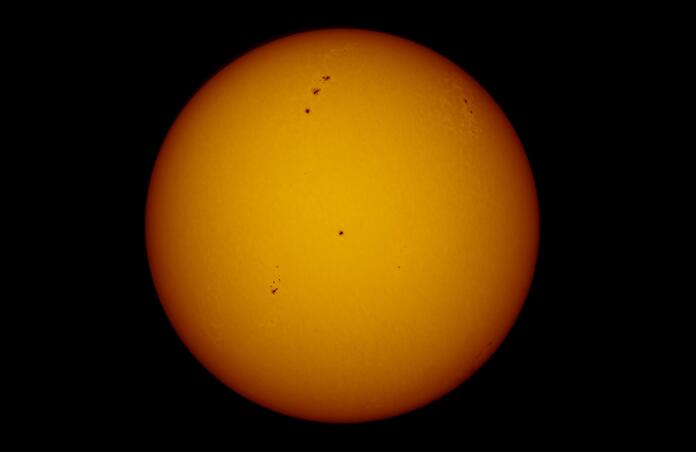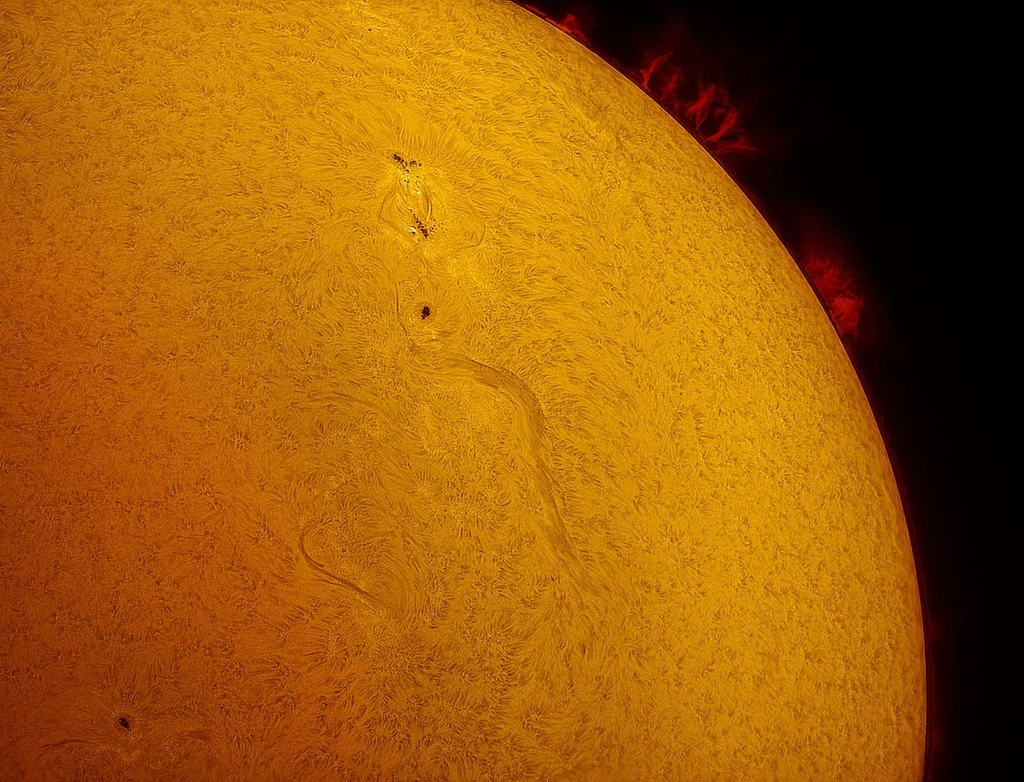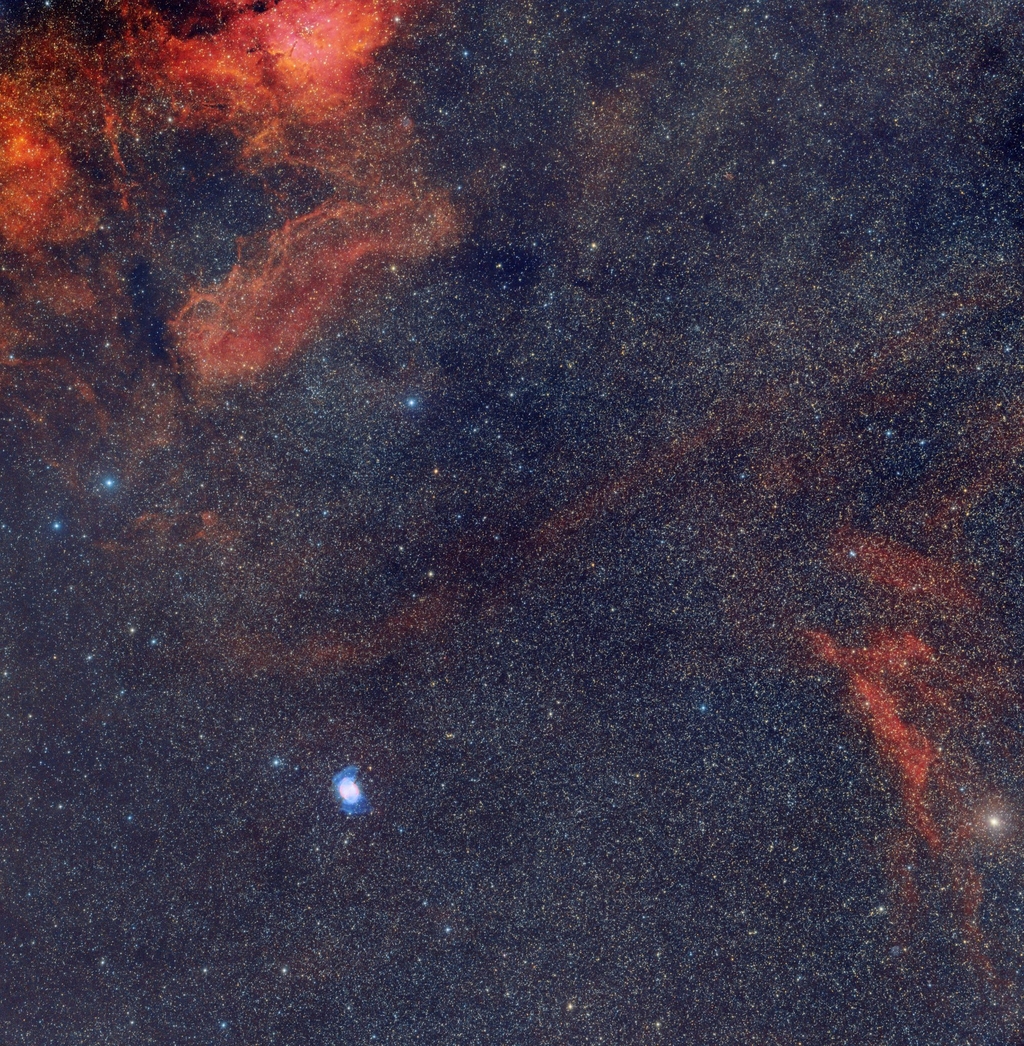Solar Imaging in Poor Seeing

I bought a new camera called a Player One Apollo Max with an IMX 432 mono sensor for some solar imaging and of course living where I do we didn't have any clear skies. Well, we finally did today, and ti was supposed to be calm. It wasn't Seeing was well below average where my dual solar rig was like looking at a couple of images under water. It wasn't good.
I went ahead and tried to do some imaging anyway. It turns out that this camera is sensitive enough that I was able to run it with far shorter exposures than my camera with the IMX 178 mono, and short exposures are what you need to beat seeing, especially when that seeing is beating you with 20 mph or 32 km/h or more gusts.
Normally I'd have given up and done only white light solar imaging, but the new camera allowed me to do under 1ms exposures through a Daystar Quark Chromosphere. My white light exposures were all the way down to 0.029ms, and super quick exposures are what it takes to beat seeing.
Going for the shortest possible exposures to beat seeing, especially in bad seeing, is not just a thing to do for solar imaging either. If you're doing lunar or planetary and seeing isn't all that good crank the gain and lower the exposure, and if your focal length allows it, run a smaller than full-size RoI on your camera.
So what it boils down to is that when the atmosphere seems to be boiling you want your exposures as short as you can get them without pushing the gain so high that you get bad noise, and you want as high of FPS as you can get If you do that you might just get some good results when most wouldn't even attempt it. I've included a couple of shots I took just a few hours ago.

Of course, this wouldn't be a good post without something from Telescope Live, so here's another image I processed out with some nice Telescope Live data. NGC 6820 was a pretty recent set of One-Click Observations and it contains some nice Ha and even has M27 in it. You can get the set here: https://app.telescope.live/click-grab/all?target=NGC%206820

This blog post was originally published in our Telescope Live Community.
The Community represents Telescope Live's virtual living room, where people exchange ideas and questions around astrophotography and astronomy.
Join the conversation now to find out more about astrophotography and to improve your observation and post-processing skills!
